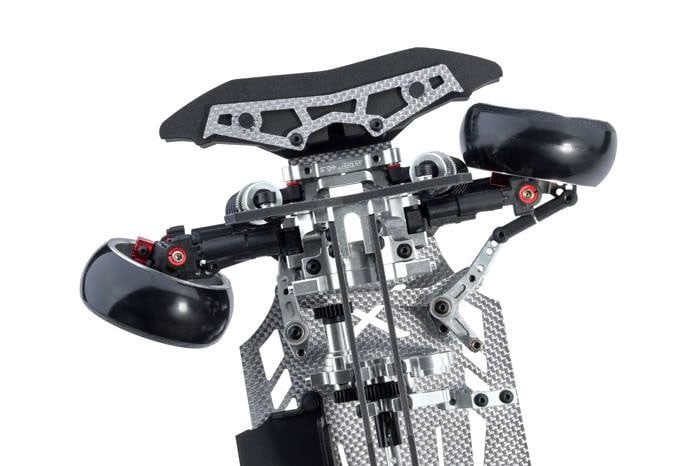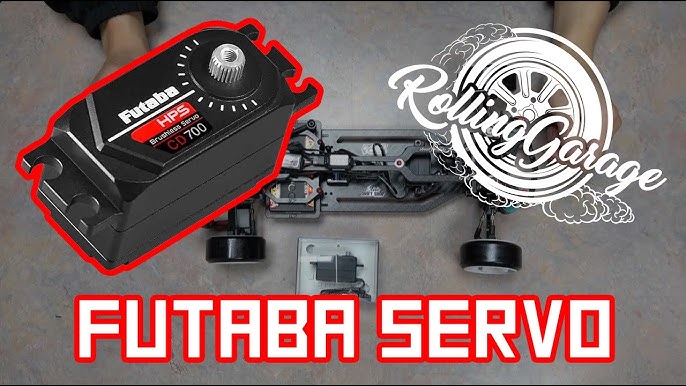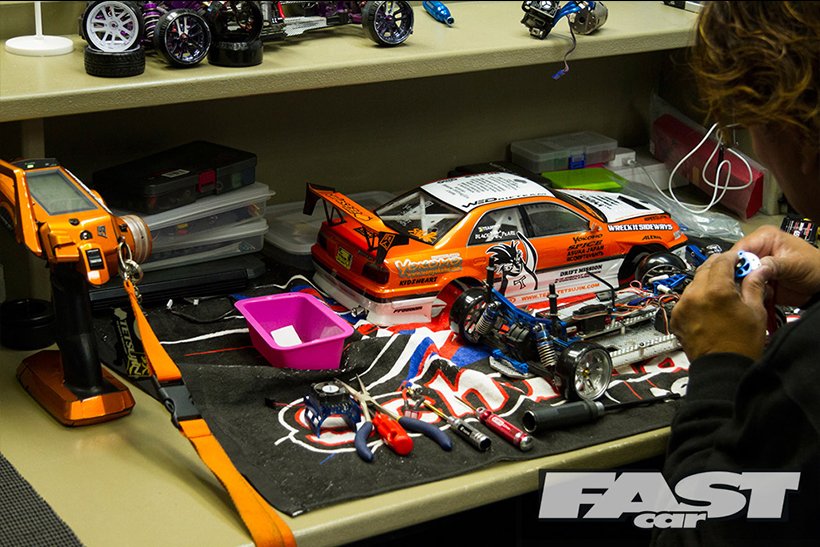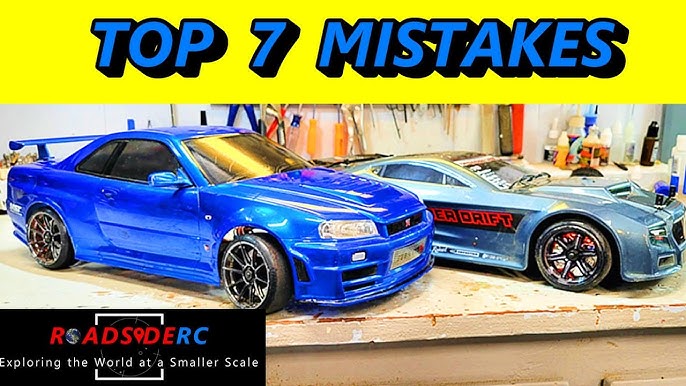Welcome to “A Beginner’s Guide To RC Drift Car Electronics And Servos”! In this article, you will learn all about the essential electronic components and servos that power your RC drift car. From understanding the basics of RC electronics to choosing the right servo for precise control, you will be equipped with the knowledge needed to enhance your drifting experience. So buckle up and get ready to dive into the exciting world of RC drift car technology! Have you ever watched a remote-controlled (RC) drift car in action and wondered how it moves so smoothly and effortlessly? The secret lies in the electronics and servos that control every movement. In this beginner’s guide, you will learn all about RC drift car electronics and servos, so you can better understand how these fascinating machines work.
Table of Contents
Getting Started with RC Drift Car Electronics
When you first start exploring the world of RC drift cars, the electronics can seem overwhelming. But fear not, understanding the basics of RC drift car electronics is easier than you might think. Let’s break it down for you:
Transmitter and Receiver
The transmitter is the controller you hold in your hands, while the receiver is the small device inside the RC car that receives signals from the transmitter. The transmitter sends out radio signals to the receiver, telling the car what to do. Think of it as a remote control for a TV, but on a much smaller scale.
Speed Controller
The speed controller, also known as an ESC (Electronic Speed Controller), regulates the speed of your RC drift car. It controls the amount of power going to the motor and allows you to adjust the speed smoothly. Some ESCs even have additional features like braking and reverse functions.
Servo Motor
The servo motor is the component responsible for steering your RC drift car. It receives signals from the receiver and turns the wheels in the direction you want. Servos come in different sizes and strengths, so you’ll need to choose one that matches the size and weight of your RC drift car.

Understanding RC Drift Car Servos
Servos play a crucial role in the movement of your RC drift car. Understanding how they work and how to choose the right one for your car is essential for optimal performance.
Types of Servos
There are three main types of servos: analog, digital, and brushless. Analog servos are the most basic, while digital servos offer faster response times and more precise control. Brushless servos are the most advanced and provide the highest level of performance, but they also come with a higher price tag.
Servo Specs
When choosing a servo for your RC drift car, consider factors such as torque, speed, and size. Torque refers to the servo’s strength, speed indicates how quickly the servo can move, and size determines if it will fit in your car. Make sure to match the servo specs with the requirements of your RC drift car.
Upgrading Your Servo
If you’re looking to improve the performance of your RC drift car, consider upgrading to a better servo. A high-quality servo can provide faster and more precise steering, allowing you to navigate tight corners and sharp turns with ease. Just make sure to check compatibility with your car and adjust settings accordingly.

Tips for Maintaining RC Drift Car Electronics
Proper maintenance of your RC drift car electronics is key to ensuring they function smoothly and last a long time. Follow these tips to keep your electronics in top shape:
Clean Your Electronics Regularly
Dust, dirt, and debris can accumulate on your RC drift car’s electronics, causing them to malfunction. Use a soft brush or compressed air to remove any build-up and keep your electronics clean. Be gentle to avoid damaging delicate components.
Check for Loose Connections
Before each drift session, inspect the connections between your electronics to ensure they are secure. Loose connections can lead to erratic behavior and potential damage. Tighten any loose connectors and secure them with zip ties or tape if necessary.
Monitor Battery Life
Keep an eye on your RC drift car’s battery life to prevent sudden shutdowns or damage to your electronics. Charge your batteries according to the manufacturer’s recommendations and avoid overcharging. Consider investing in a battery monitor to track the voltage and capacity of your batteries.
Store Your RC Drift Car Properly
When not in use, store your RC drift car in a cool, dry place away from direct sunlight and moisture. Avoid exposing your electronics to extreme temperatures, as this can damage sensitive components. Use a storage bag or case to protect your car from dust and scratches.

Troubleshooting Common RC Drift Car Electronics Issues
Even with proper maintenance, you may encounter issues with your RC drift car electronics from time to time. Knowing how to troubleshoot common problems can save you time and frustration.
No Power
If your RC drift car is not turning on, check the battery connections and make sure they are secure. Test the battery voltage with a multimeter to ensure it is charged. If the battery is fully charged and the connections are tight, the ESC or receiver may be faulty and require replacement.
Erratic Steering
If your RC drift car’s steering is behaving erratically, check the servo connections for any loose wires or damaged cables. Inspect the servo gears for wear and tear, as this can cause skipping or jittering. Replacing the servo or adjusting the settings may resolve the issue.
Loss of Signal
If your RC drift car suddenly stops responding to the transmitter, check the transmitter batteries and make sure they are charged. Verify that the transmitter and receiver are bound correctly and within range. If the issue persists, rebind the transmitter and receiver or replace the receiver.
Motor Overheating
If your RC drift car’s motor is overheating, reduce the load on the motor by using a lower gear ratio or adjusting the throttle settings. Check for any obstructions in the drivetrain that may be causing excessive resistance. If the issue continues, consider upgrading to a motor with higher efficiency.
Delayed Response
If your RC drift car is experiencing a delayed response to the controls, check the transmitter batteries and receiver connections for any interference. Adjust the servo settings to improve responsiveness and reduce lag. Consider upgrading to a higher-quality transmitter and receiver for better signal transmission.

Conclusion
Congratulations! You’ve made it to the end of our beginner’s guide to RC drift car electronics and servos. By now, you should have a better understanding of how these essential components work together to make your RC drift car perform its best. Whether you’re just starting or have been drifting for a while, knowing how to maintain and troubleshoot your electronics will help you get the most out of your RC drift car. Happy drifting!

